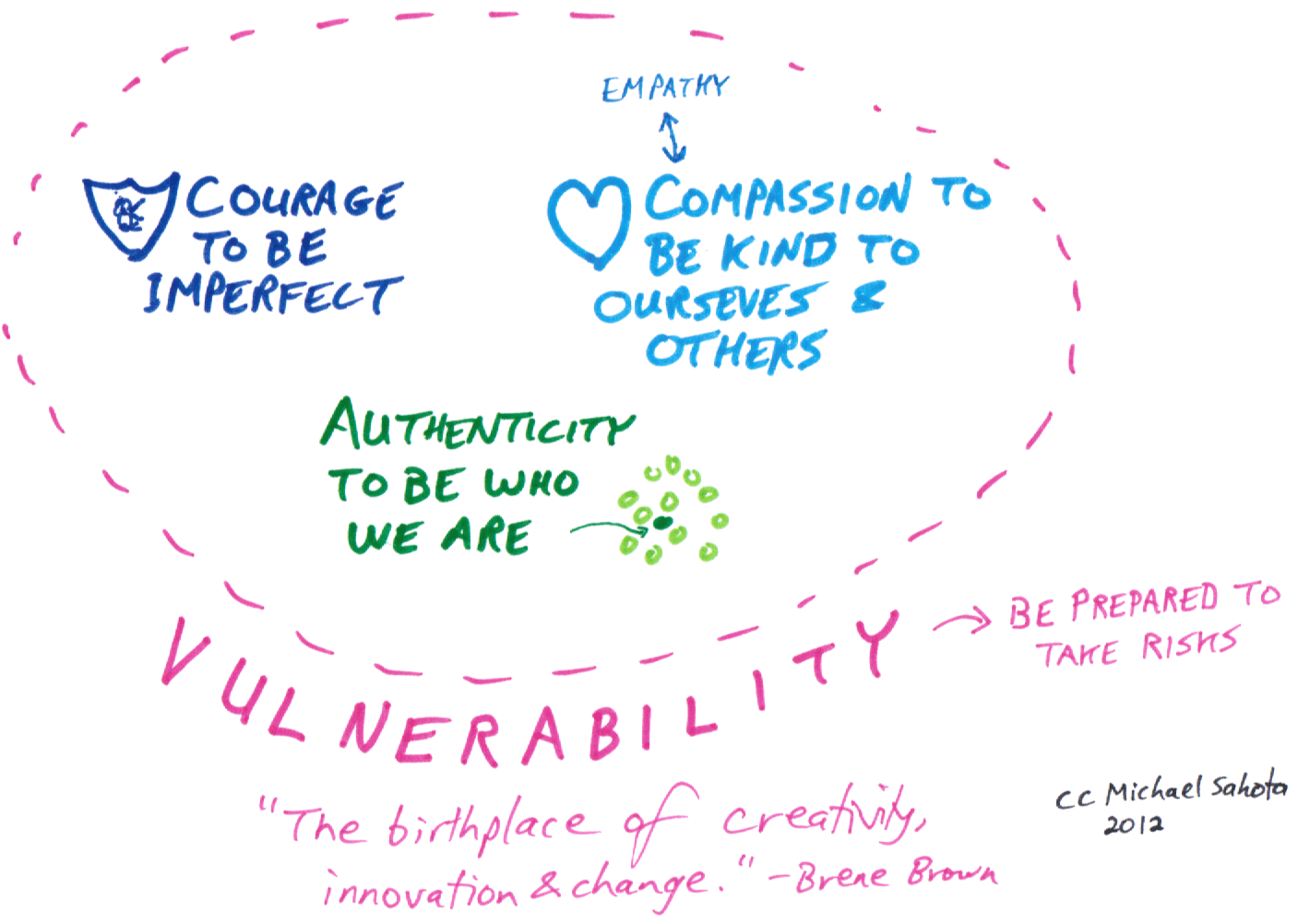I have recently been very interested in yoga. So when I saw this great book at Costco last year, I couldn't pass it up. The Anatomy of Yoga is pure awesome-ness! It shares a great intro to what yoga is from the anatomical standpoint. Basically the poses in yoga are the best documented stretches for whole-body stretches that reach the needed muscles the most effectively and efficiently.
 |
| Here's an example page |
**Highly suggest the YOGA STUDIO APP!!!! It is amazing and has hundreds of classes based on skill level,
duration and focus (strength, balance, flexibility, etc.). IT was the best $3 I've ever spent...and I never spend
money if I can help it.
---------------
Here is a great graphic summary of many main poses (asanas):
Other resources we use:
------------------
And...there is more to yoga than just stretching. It is a way of living...like a religion if you will. I think it a great way to start, though it is missing Christ as the central point. So I take what I can from it and add it to the truths I have found.
Here is a great graphic summary of many main poses (asanas):
 |
|
Tadasana to Savasana
43 Basic Yoga Poses
Standing Asanas: The feet are our foundation
Tadasana – Mountain Pose
Trikonasana – Triangle Virabhadrasana I – Warrior I Parsvakonasana – Lateral angle pose Virabhadrasana II – Warrior II Utkatasana – Chair pose
Forward Bending Asanas: An experience of flexion
Uttanasana – Standing forward bend Prasarita Padottanasana – Standing straddle forward bend Parsvottanasana – Standing head to knee Paschimottanasana – Double leg forward bend Janu Sirsasana – Single leg forward bend Upavistha Konasana – Sitting straddle forward bend Apanasana – Double leg wind reliever Pavanamukthasana – Wind reliever Balasana – Child pose
Core Asanas: Activating the abdominal muscles
Ardha Navasana – Half boat Paripurna Navasana – Full boat Dandasana – Staff pose
Side bending Asana: Creating space
Parighasana
Back Bends: Exploring Extension
Bhujangasana – Cobra Salabhasana – Locust Dhanurasana – Bow Ustrasana – Camel Setu Bandha Sarvangasana – Bridge Matsyasana – Fish Supta Virasana – Supine hero Urdhva Mukha Svanasana – Upward facing dog Eka Pada Kapotasana – Pigeon Anjaneyasana – Crescent moon
Twisting Asanas: Revolving the Spine
Ardha Matsyendrasana – Half spinal twist Bharadvajasana – Hip spiral Jathara Parivartanasana – Reclined hip roll Parivrtta Janu Sirsasana – Revolved head to knee Parivrtta Trikonasana – Revolved triangle
Inverted Asanas: Turning it all upside-down
Adho Mukha Svanasana – Downward facing dog Sarvangasana – Shoulderstand Halasana – Plow Sirsasana – Headstand
Standing Balancing Asanas: Steadying the mind
Vrksasana – Tree Ardha Chandrasana – Half moon Natarajasana – Dancer Virabhadrasana III – Warrior III
Final Asana
Savasana – Corpse |
- Kids Yoga Deck or Adult Deck (great for learning poses and kids picking the cards so they feel involved)
- Kids yoga poses (online; a list from my kids' education blog that I hope to add photos to, but includes a website link to look them up)
- Yoga by Chakras Post
------------------
And...there is more to yoga than just stretching. It is a way of living...like a religion if you will. I think it a great way to start, though it is missing Christ as the central point. So I take what I can from it and add it to the truths I have found.









